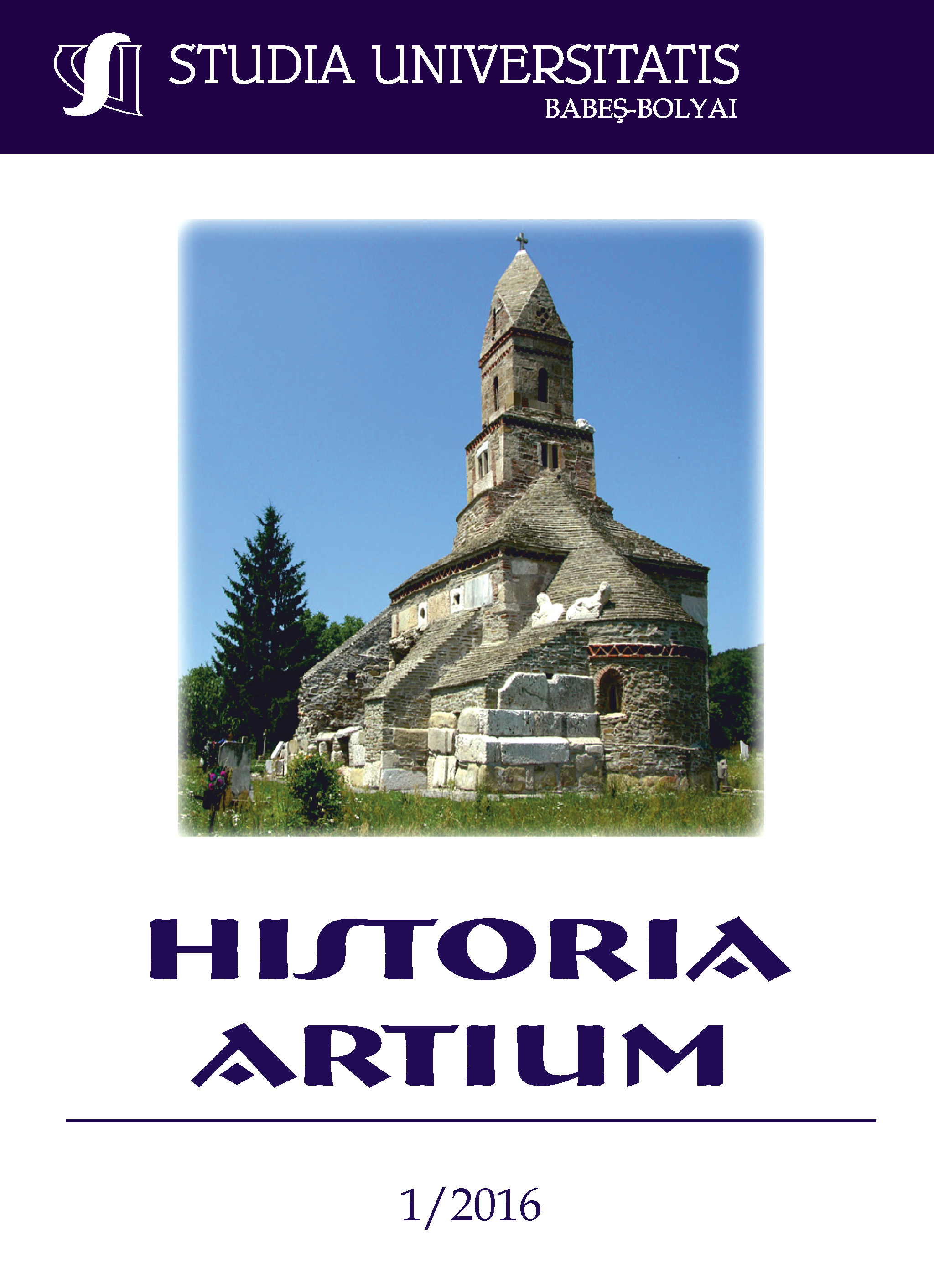ARTIŞTI GERMANI DIN TRANSILVANIA: PROPAGANDĂ VIZUALĂ ŞI CARITATE ÎN TIMPUL PRIMULUI RĂZBOI MONDIAL (1914-1915)
Keywords:
WWI, Artworks, War Propaganda, Charity, Nail Men, Vienna, Sibiu.Abstract
German Artists from Transylvania: Visual Propaganda and Charity in World War I (1914–1916). In WWI propaganda was discovered to be a powerful weapon. The Imperial and Royal War Press Office (Kaiserliche and konigliche Kriegspressequartier) acted as a PR authority of Austria-Hungary. Its Art Group (Kunstgruppe) was made up of painters, sculptors and photographers who had to find interesting motifs from the war scenes. German artists from Transylvania as Hans Eder and Ludwig Hesshaimer were officially assigned to the Art Group. Despite the fact that the members of the Art Group had to serve the propaganda machine of the army they belonged to, they created artworks of undeniably value. Artists also produced works which were sold for charity purposes, namely for supporting orphans and widows, invalids or other categories of war damaged. A special form of wartime fundraising in the Austro-Hungarian and the German Empire in WWI were Nail Men. They were wooden statues, of greater or lesser artistic value, usually knights in armour, into which nails were driven in exchange for donations. The first Nail Man was unveiled in Vienna on the 6th of March 1915. Shortly after, in Sibiu there was constituted a committee aiming at replicating the successful Viennese event. The statue of a medieval knight, designed by the architect Josef Bedeus von Scharberg and placed in the Great Square, was unveiled on the 1st of August. All the events and ceremonies in connection with Nail Men were hybrid actions, being both forms of charity, but also one of war propaganda.
Downloads
Published
How to Cite
Issue
Section
License
Copyright (c) 2016 Studia Universitatis Babeș-Bolyai Historia Artium

This work is licensed under a Creative Commons Attribution-NonCommercial-NoDerivatives 4.0 International License.






